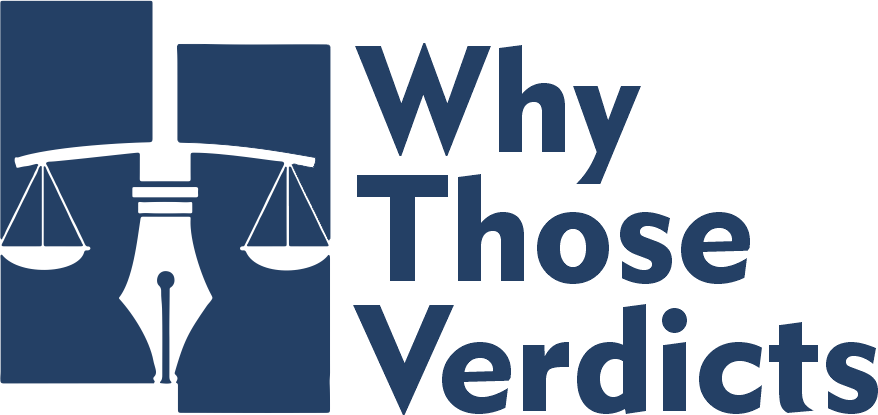The hugely debated trial that divided America.
The Trial of Kyle Rittenhouse
The Trial of Kyle Rittenhouse began on November 1st, 2021. Judge Bruce E. Schroeder, the presiding judge, was known for using unconventional methods in the trial process. The prosecutor, Kenosha's assistant district attorney, Thomas Binger, hoped to portray Rittenhouse as a person looking for trouble when he brought an AR-15 rifle to a city far from his home to "protect" the people of Kenosha. Additionally, the prosecution wanted to prove that Rittenhouse was the aggressor and provocateur of the situation when he decided to carry around an illegally obtained weapon during the heated protests in Kenosha, Wisconsin, following the police killing of Jacob Blake. They had to prove beyond reasonable doubt that Rittenhouse was not acting in self-defense. Under Wisconsin law, one can lawfully kill people in self-defense if they reasonably believe doing so is necessary to spare themselves or others from imminent bodily harm or death. This belief need not be accurate, nor must it be reasonable from an objective perspective. It only needs to be reasonable from the subjective point of view of the shooter at the moment he or she pulls the trigger. Many legal experts contend that the prosecution presented a weak case since they could not prove that Rittenhouse's shootings did not apply to this law.Furthermore, legal experts added that the prosecution's witnesses seemed to have helped bolster the defense's arguments rather than establish suspicion that could lead to a conviction. The defense of Kyle Rittenhouse was directed by Mark Richards. He intended to demonstrate that Rittenhouse was cornered and scared for his safety when he found himself on the floor seeing Anthony Huber approaching him with a skateboard and Gaige Grosskreutz trailing behind with a pistol. Additionally, he sought to prove that Joseph Rosenbaum also put Rittenhouse in the same situation by chasing him through a used-car lot. Confirming this would establish that there was ample provocation by Huber, Rosenbaum, and Grosskreutz for Rittenhouse to respond with deadly force by reason of self-defense. The defense did this by calling witnesses from that night to testify about Joseph Rosenbaum's belligerent behavior throughout the night. They also brought up his attempt to reach for Rittenhouse's gun, which they argued posed enough of a threat to Rittenhouse to justify the four shots fired at him about a second later.
"Mr. Rosenbaum was chasing me. I pointed my gun at him, and that did not deter him. He could have run away instead of trying to take my gun from me, but he kept chasing me. It didn't stop him," Rittenhouse stated in his testimony. In addition, the videos of Huber and Grosskreutz shooting provided a massive advantage for the defense because when Rittenhouse was seen running away and falling while being chased by Huber, it portrayed how difficult it seemed for Rittenhouse to escape that situation. And in the eyes of the jury, that was a significant factor in deciding if Rittenhouse believed his life was in imminent danger. Finally, the testimony by Rittenhouse himself proved to be very effective in creating reasonable doubt in the jury members' minds. "He was very well prepped. He did not come off as smug or indignant," said Charles Coleman Jr., a civil rights lawyer and former prosecutor, who noted that Rittenhouse came off like a "regular teenager." "That needed to be something that the jury was reminded of." Mark Richards added that Rittenhouse "did a good job for an 18-year-old kid who was testifying for his life." All of these factors were instrumental in deciding the fate of this highly controversial trial. After 27 hours of deliberation over four days, On November 20th, 2021, Kyle Rittenhouse was declared not guilty on all five charges. This trial, like the trial of George Zimmerman, is a prime example of how morality does not equal legality.
Furthermore, it shows us how the biases of suspects are not taken into account during trials. While that may seem wrong, since it is impossible to honestly tell a suspect's moral intentions when committing a crime, it cannot be incorporated into a trial. For example, evidence suggests that Rittenhouse was a member of the Proud Boys, a far-right, neo-fascist group associated with political violence. This made many assume that he could have been looking for a reason to shoot a Black Lives Matter protester who stood against the ideals Rittenhouse and his affiliates championed. But since his biases and moral intentions cannot be proven, they cannot be accounted for in the legal process. The defense utilized this strategy to win the case and get Rittenhouse acquitted.

